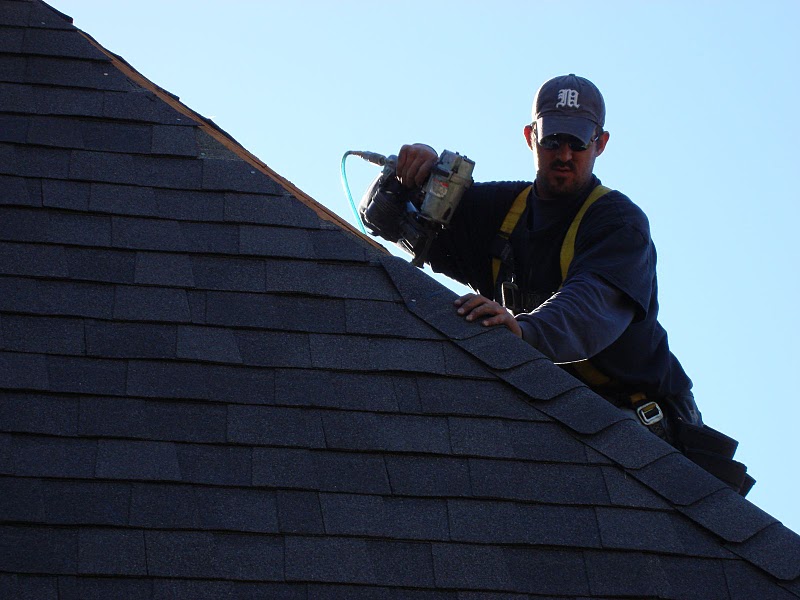
 Request A Free EstimateSchedule A Free Estimate
Request A Free EstimateSchedule A Free Estimate


A quality roof is vital for a home and will face several elements of the weather over it's lifespan. But a decent roofing ventilation system holds the same amount of importance when it comes to protecting a house from the elements. A good roofing ventilation system will ensure the safety and long life of a roof along with guaranteeing the safety of the residents beneath it. Many roofs become damaged or cave in due to poor workmanship and materials, but inadequate ventilation can also be the culprit to this.
The average home creates four to five pounds of water vapor on any given day. Poor ventilation shortens a roof's overall life span because water vapors have no place to go and eventually cause condensation in the wood and boards of a roof. The boards will buckle and twist over time which can lead to severe damages. Not only this but a larger chance of damages from wind, such as falling shingles or tiles, can be a result of a poor ventilation system.
When installing a ventilation system it is vital that it has both an intake and an exhaust. Only with both of these can the temperature differences of the inside and outside of a roof be regulated, thus preventing any warping caused by condensation. Having only one of these in actuality can cause more damage to a roof than if you had no ventilation system at all. The more commonly used of ventilation systems is dormer ventilation. Essentially easy to fit, these vents can be placed in the back of a house where they are less noticeable. Turbine ventilation is the most effective of ventilation methods, but is however not eye pleasing and may be an eye sore to some. With all the different methods of ventilation it can be a challenge finding the correct choice for your home. A professional roofing contractor will be able to advise you on the positive and negative attributes of each different type of ventilation system and tell you which would be the best match for your house.